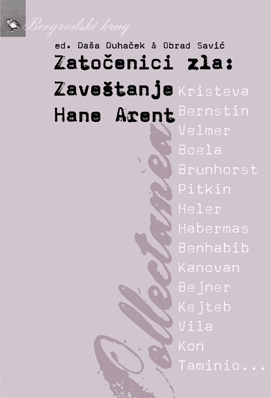Author(s): Paweł Dybel / Language(s): Polish
Publication Year: 0
In the paper I address the way in which Derrida, in his book "Truth in Painting", provides a critique of the aesthetic thought of Hegel and Heidegger. In his account, he tries to show that the traditional rigid distinction between the representations of a work of art (ergon) and its framing (parergon) does not convey how the latter significantly affects the representations of the work of art. Hegel, for example, conceived of the relationship between the work and its external contexts in terms of overlapping circles, whose traversing by the viewer allows him to get closer to the source of the work. A similar pattern is also present in Heidegger’s thought on the work of art, who conceives of it as a ‘present’, enclosed entity, unable to convey the ‘abyss’ of the circle that the representation of the work of art and the viewer's experience of it encircle. This objection by Derrida, however, is, in my opinion, unfounded. In it, he ignores the role played in Heidegger’s philosophy by the so-called ‘turn’, i.e. the abandonment of thinking in the form of a step-by-step ascent to truth, in favour of thinking in which truth occurs by way of an ascent to truth. In this perspective, too, the clear boundary between the ergon and the parergon of the work is blurred, although this has a different connotation from that of the author of "Glas". In Derrida’s thought on art, I also find problematic the complete disregard of the role played in the experience of the ‘beauty’ of a work of art by its clearly demarcated material ‘presence’ as an indispensable condition of this experience.
More...










